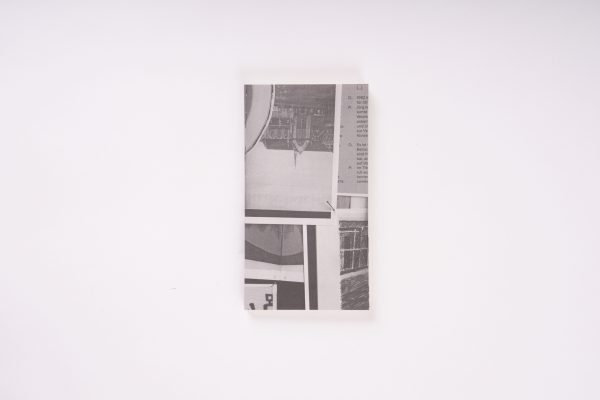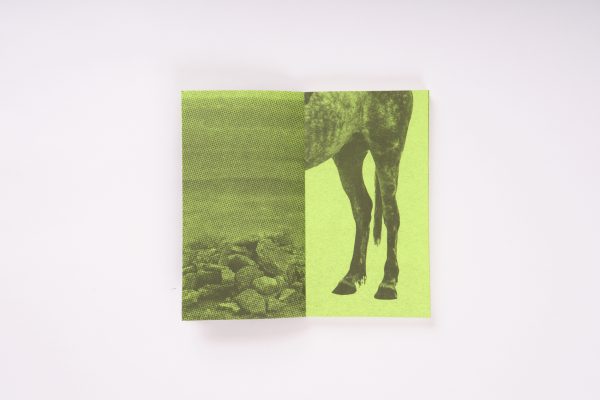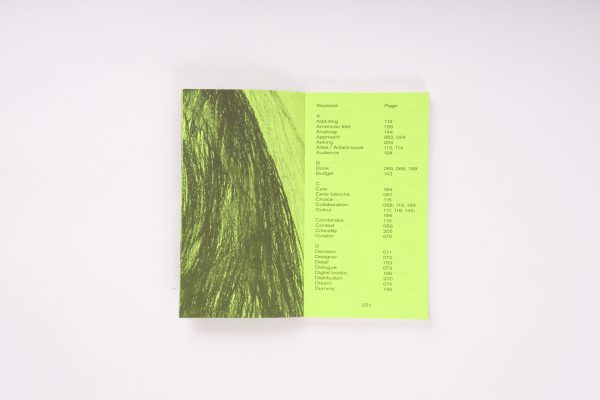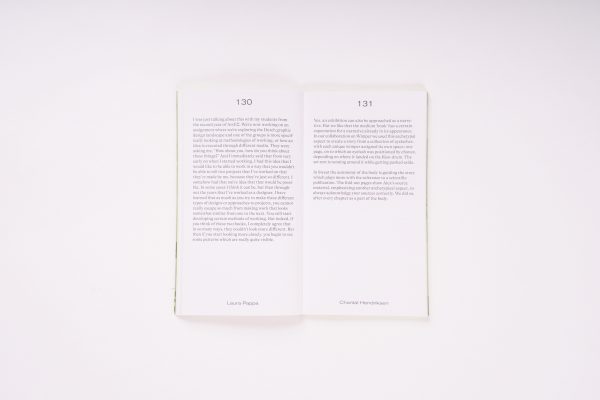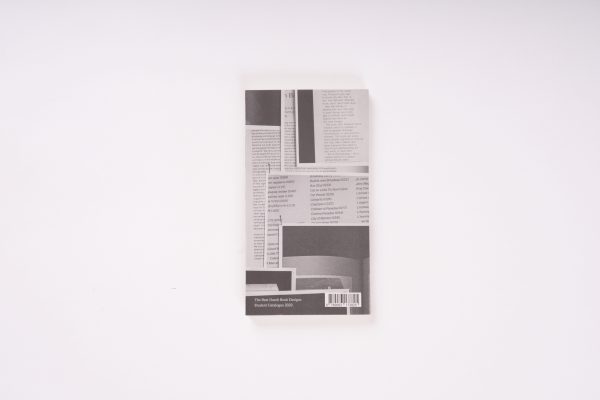Catalogue 2020 ‘Conversation Snippets’
The Chair, the Screen and the Camera
Each year since 1932, an expert jury selects The Best Dutch Book Designs for display in the Stedelijk Museum Amsterdam. In more recent years, a parallel student jury with members from different art academies was installed to make an independent selection, to offer a glimpse of their vision as the next generation of book designers. From 267 submissions in 2020, the student jury has selected 30 books.
Doğa Deniz Gönüllü and Maryse Poels took on the challenge of designing the catalogue for the student selection. Early on, they decided to move away from the traditional catalogue format, in which photographed pages of selected books are bundled together. Ironically, the design of such a catalogue rarely matches that of the books it showcases. Nor does it do justice to the selected books. The merits of a book cannot be captured in a two-dimensional representation, as this omits crucial elements of texture, ink, translucency, printing, folding and binding. On top of that, the catalogue designer has to represent the selected books fairly to equal extents, while at the same time releasing their personal and unique concept so that the catalogue is more than a soulless scrapbook. Therefore, Doğa and Maryse made a wise decision when they traded book snippets for conversation snippets.
To celebrate the student selection of The Best Dutch Book Designs, they wanted to design a catalogue that takes a look behind the pages of the selected books, to take a peek into the process of making these books and to find out what it is like to be a bookmaker. Of course, the success of this ambitious endeavour depended on the book-makers, who had to generously make themselves available for an interview. Here, the students capitalised on the greatest gift of an otherwise trying time during the COVID pandemic: the gift of online video calls. As the world had rapidly become more adept at efficiently socialising, working, and studying in this virtual environment, they were fortunate enough to find 33 bookmakers who were willing to be interviewed from the comfort of their own chair. Furthermore, the fact that Doğa and Maryse could do these interviews from their workplace in Arnhem was extremely efficient for them, and made it possible to prepare and conduct these interviews, despite a busy schedule during their hectic, pandemic, graduation year.
Excerpts of these interviews with bookmakers have been framed in the student selection catalogue ‘Conversation Snippets’. These interviews offer an interesting insight into Dutch book design in 2020 and book design generally, because these were held by curious design students, who know enough, and not too much, to ask the right questions. When I asked them what had surprised them the most, they told me that even established designers who have designed many books always find new things to do and learn, and in a sense remain lifetime students.
Jeremy Jansen
The Chair, the Screen and the Camera
Each year since 1932, an expert jury selects The Best Dutch Book Designs for display in the Stedelijk Museum Amsterdam. In more recent years, a parallel student jury with members from different art academies was installed to make an independent selection, to offer a glimpse of their vision as the next generation of book designers. From 267 submissions in 2020, the student jury has selected 30 books.
Doğa Deniz Gönüllü and Maryse Poels took on the challenge of designing the catalogue for the student selection. Early on, they decided to move away from the traditional catalogue format, in which photographed pages of selected books are bundled together. Ironically, the design of such a catalogue rarely matches that of the books it showcases. Nor does it do justice to the selected books. The merits of a book cannot be captured in a two-dimensional representation, as this omits crucial elements of texture, ink, translucency, printing, folding and binding. On top of that, the catalogue designer has to represent the selected books fairly to equal extents, while at the same time releasing their personal and unique concept so that the catalogue is more than a soulless scrapbook. Therefore, Doğa and Maryse made a wise decision when they traded book snippets for conversation snippets.
To celebrate the student selection of The Best Dutch Book Designs, they wanted to design a catalogue that takes a look behind the pages of the selected books, to take a peek into the process of making these books and to find out what it is like to be a bookmaker. Of course, the success of this ambitious endeavour depended on the book-makers, who had to generously make themselves available for an interview. Here, the students capitalised on the greatest gift of an otherwise trying time during the COVID pandemic: the gift of online video calls. As the world had rapidly become more adept at efficiently socialising, working, and studying in this virtual environment, they were fortunate enough to find 33 bookmakers who were willing to be interviewed from the comfort of their own chair. Furthermore, the fact that Doğa and Maryse could do these interviews from their workplace in Arnhem was extremely efficient for them, and made it possible to prepare and conduct these interviews, despite a busy schedule during their hectic, pandemic, graduation year.
Excerpts of these interviews with bookmakers have been framed in the student selection catalogue ‘Conversation Snippets’. These interviews offer an interesting insight into Dutch book design in 2020 and book design generally, because these were held by curious design students, who know enough, and not too much, to ask the right questions. When I asked them what had surprised them the most, they told me that even established designers who have designed many books always find new things to do and learn, and in a sense remain lifetime students.
Jeremy Jansen
